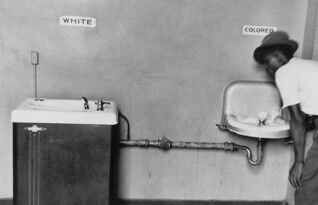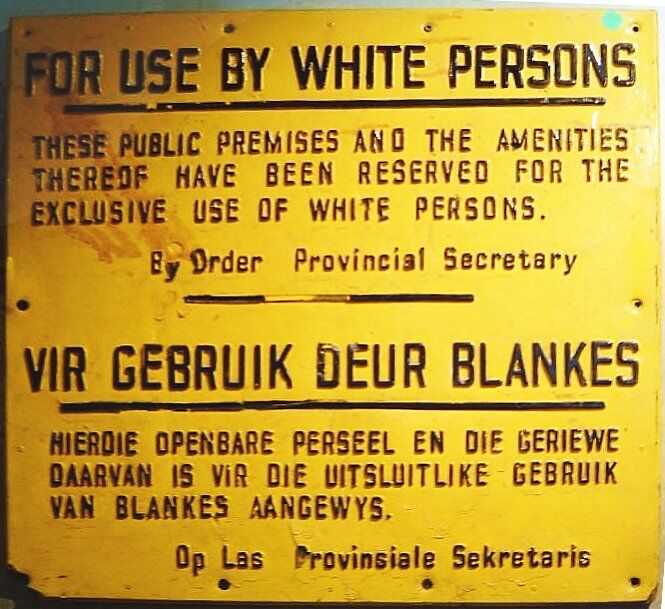
Note : English image coming soon!
The struggle for black people's rights took place mainly in the second half of the 20th century. It was during this period that associations campaigning against racism were created, bringing about major changes in society's values. In the United States, most of these changes took place in the middle of the 20th century. In South Africa, it was not until the end of the same century that major changes were made to the status of black people. Unfortunately, even today, racism has not completely disappeared. Many groups are working every day to make our world a less racist society.
In 1948, the United Nations (UN) recognised that every human being on the planet had fundamental rights. These rights were formalised in the Universal Declaration of Human Rights. This document states that: ‘All human beings are born free and equal in dignity and rights’. It also states that: ‘Everyone has the right to life, liberty and security of person’. It is these articles of the Universal Declaration of Human Rights, among others, that militant groups in favour of the recognition of Black rights have based their fight against racism on.
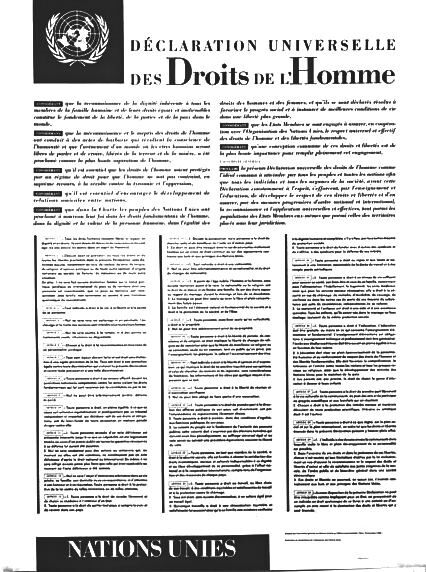
Segregation is the act of imposing a social distance on a group of individuals because of their race, gender or religion. In short, people living in segregation are set apart from the rest of society.
The situation of Black people in the United States at the beginning of the 20th century was rather difficult. The majority had arrived from Africa as slaves and were still living under racial segregation. For example, at the time, blacks were not allowed to frequent the same public places (restaurants, schools, etc.) as whites. They had to sit at the back of buses, use different toilets from whites and visit different churches. If they do not comply with these Papal edict, black people risk imprisonment or even death.
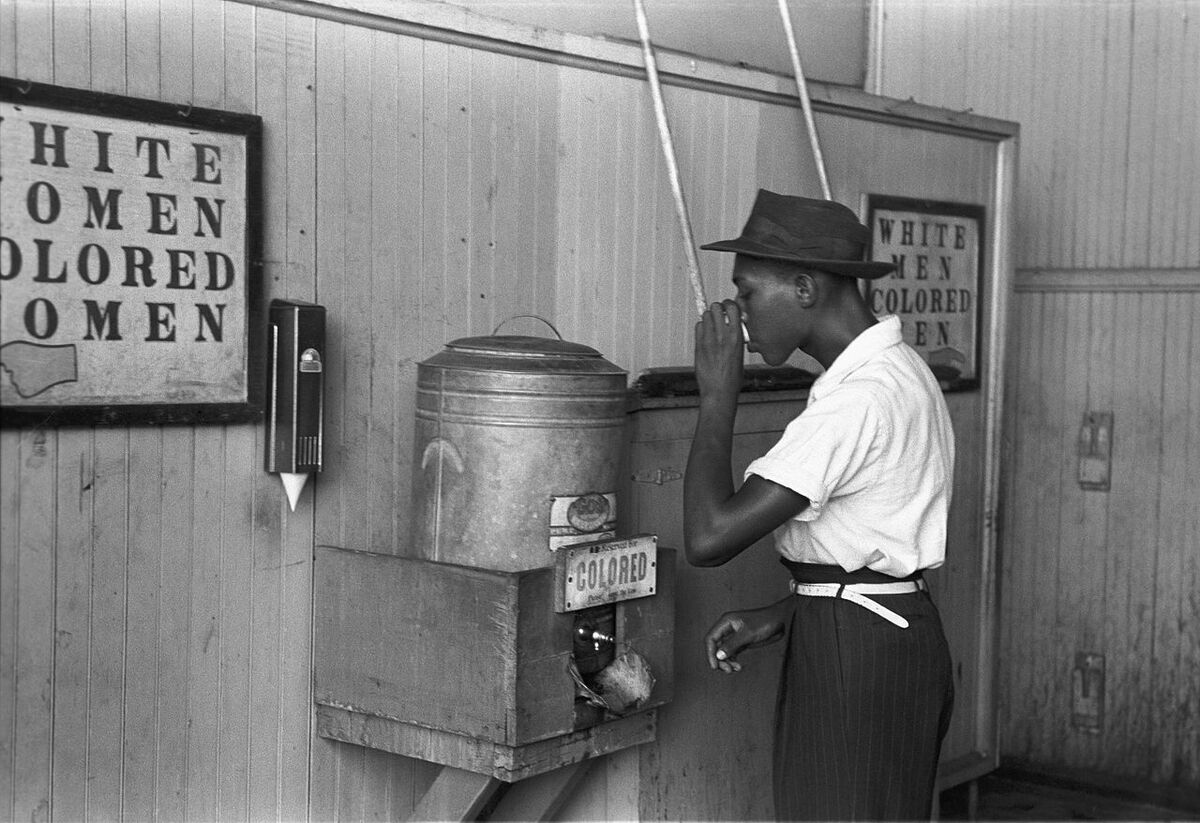
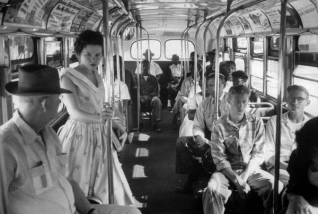
Discrimination is the act of treating a group of people differently, often negatively, from the rest of society. In short, people who experience discrimination may be threatened or treated in an inferior way.
Black Americans at the beginning of the 20th century not only lived through segregation, they also experienced discrimination. Many of them had difficulty finding work, as many employers refused to hire black people. Racist groups intimidate black people. Such is the case with the Ku Klux Klan, an extremely racist secret group that makes death threats against black people and, sadly, puts its words into action.
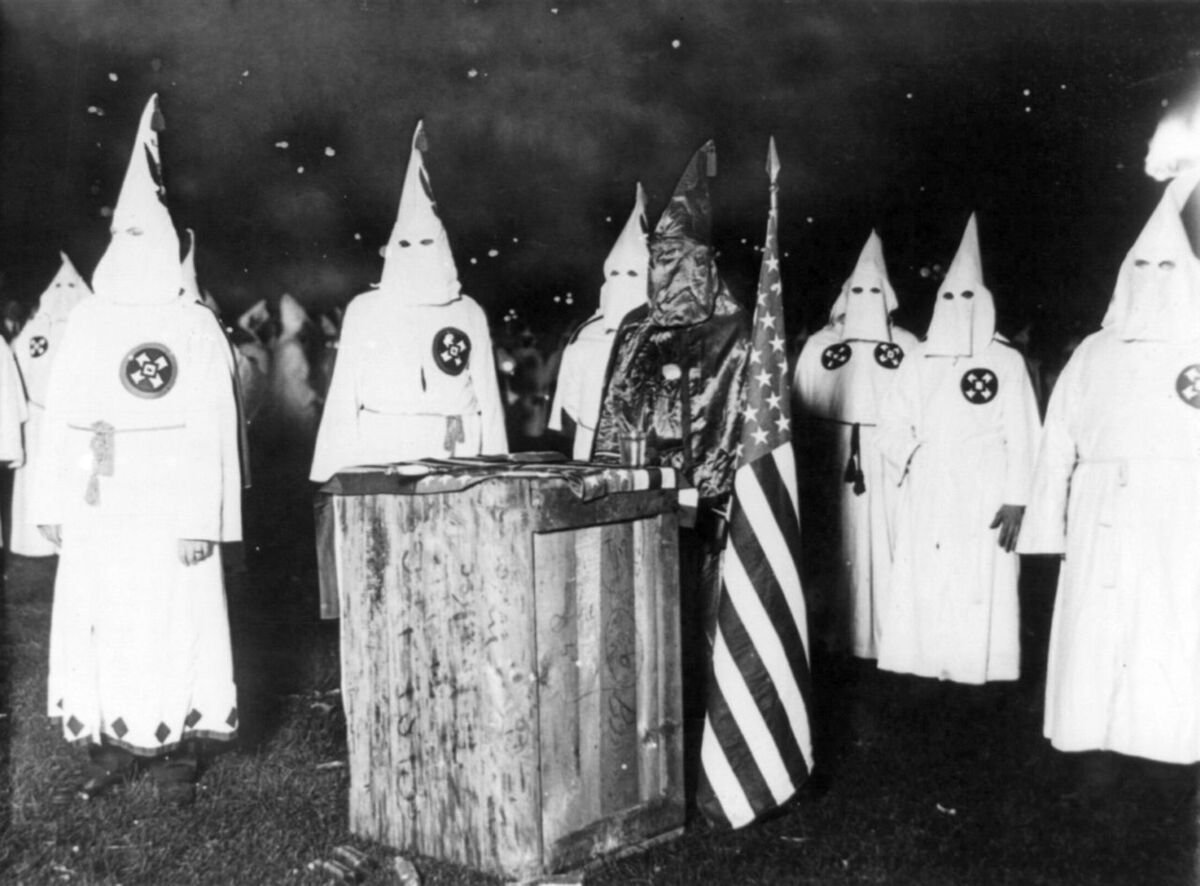
During the same period, the population of South Africa was living under apartheid, a racist law that restricted the rights and freedoms of black people. This law, adopted in 1948, prohibited Blacks from travelling in the same places as Whites, obliged Blacks to carry their passports with them at all times and prohibited marriages between Whites and Blacks. If Blacks do not comply with these and other demands, they risk imprisonment, torture and death.
